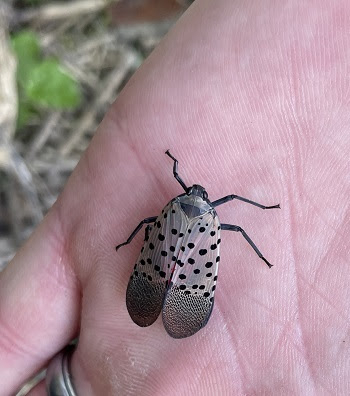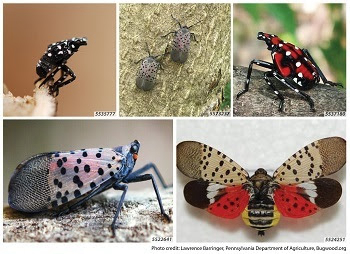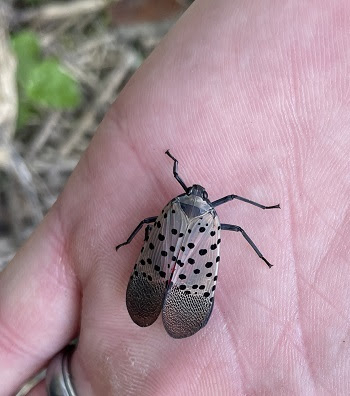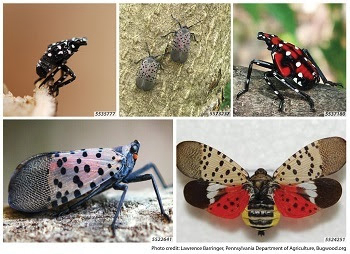Obama Administration’s Transparency Clear as Mud
By Glen Wunderlich
The Endangered Species Act (ESA) was designed to help the recovery of endangered or threatened animal species. One of the success stories has landed home – literally – as one of the world’s rarest birds, a lone whooping crane, has been spotted recently in Shiawassee County. In year 1941 only 23 of these birds were known to exist in the entire world, but today some 437 of North America’s tallest birds are alive.
Although there’s room to debate how taxpayer dollars are spent, who’d argue against such a noble endeavor to save one of our most magnificent species? Certainly, no politician would risk the ire of voters by diverting funds meant to save animals from extinction, but behind the scenes, legislation to introduce transparency in accounting for such funds has stalled without ever coming to a vote in the U.S. Senate, led by Harry Reid (D-Nevada).
The U.S. House of Representatives passed by voice vote, an amendment to the Equal Access to Justice Act (EAJA) – legislation passed in 1980 to reimburse individuals who otherwise could not afford to pursue legal claims against the government. Congress intended that EAJA operate as a social safety net program, with reimbursements available for the nation’s veterans, seniors and small business. However, as scholarly journals from Virginia Tech and Notre Dame, Government Accountability Office (GAO) reports, and open court and tax records show, in recent years EAJA funds have been flowing to environmental organizations filing suit on procedural grounds.
Studies released independently by Notre Dame Law School and the GAO show that environmental groups pad their claims for reimbursed legal fees using the EAJA and the U.S. is not keeping track of expenditures.
In a letter from the U.S. House of Representatives Committee on Natural Resources signed by Chairman, Doc Hastings to Ignacia Moreno, Assistant Attorney General, U.S. Department of Justice, Environment and Natural Resources Division the following was communicated: “In fiscal year 2010, the Fish and Wildlife Service (FWS) spent so much of its $21 million listing budget on litigation and responding to petitions that it had almost no money to devote to placing new species under federal protection…the ESA should be modernized and updated to once again focus the law on true species recovery.”
The GAO asked 75 bureaus and agencies at USDA and the Department of Interior for records on payments, but only 10 of these 75 could provide data on cases and attorney fee reimbursements. Even the records provided were incomplete and unreliable, based on manual calculations from older files, and the memory of career employees. Moreover, some records may overlap, so GAO is not even certain of their totals.
Even these sparse records demonstrate that millions of dollars are going out the door. GAO identified $4.4 million per year of EAJA payments to environmental groups during the period of 2000-2010 from suits against the 10 units of USDA and DOI that had any records at all.
A broader analysis including additional federal court records and public tax returns from just 20 environmental organizations showed $9.1 million reimbursed during FY2010 alone, as demonstrated by attorneys for the Boone and Crockett Club. Again, that’s just what we know.
Anti-hunting groups like the Center for Biological Diversity, the Humane Society of the United States, Defenders of Wildlife, and the Sierra Club are all playing the system. The transparency we were promised by this administration is as clear as mud and the biggest losers are taxpayers, and most of all, endangered animals.








